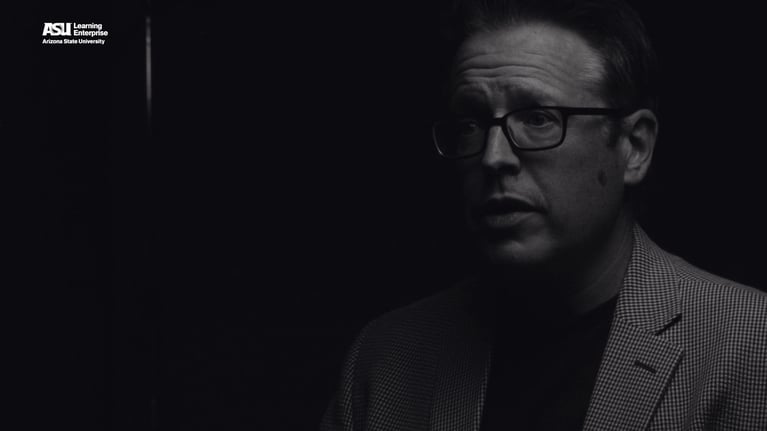Artists often work within a community of creatives who inspire and support each other. This community, or 'cultural cluster', is a network of interrelated supporters that make it easier to produce creative work. Examples include the Garment District in Manhattan, a hub for the fashion industry. These communities are not just beneficial for artists but can also be leveraged by entrepreneurs and other fields. Building a community of partners and leveraging those relationships, a principle known as the 'crazy quilt principle', can be particularly beneficial when experimenting with a new product or creating a new market.
Art is not produced in a vacuum. Artists are inspired by the world around them, viewing artwork, and asking deep questions. They find inspiration in connections with other people leading to creative collaborations. Being connected to the people and the resources that fuel your work is vital for your creativity – meaning your inspiration to create something new – and also for your own well-being – meaning your sense of purpose and satisfaction with life. Thinking like an artist means focusing on building and maintaining your community both for your own personal wellbeing and for the future success of the work you are producing.
The Garment District in midtown Manhattan is an example of the intersection of creative production, wellbeing, and community. Since the 1920s it has been a production hub for the fashion industry. There are businesses selling fabric, providing pattern making services, and supporting manufacturing located among fashion design studios. In the streets are people pushing clothing racks full of clothing samples and carrying bolts of fabric to studios for production. There is energy among this creative community, a drive to design something new in preparation for the next Fashion Week, to eventually be sold to everyday people.
Designer Anna Sui says that: “having your workrooms right here, you’re able to make a selection and try it and see what works.” She and her team can quickly go from experimenting with an idea in their studio to finding additional supplies or feedback in the neighborhood before finalizing a garment.
Scholars refer to this as a ‘cultural cluster.’ A cultural cluster connects resources, people, and organizations together in close proximity to build dense networks of interrelated supporters, making it easier to produce creative work.
This cluster of fashion production makes the Garment District a creative incubator. Designer Nanette Lepore says that “proximity absolutely increases creativity.” This encourages her to manufacture 85% of her fashion collection in New York City.
Even though some businesses are getting priced out into the outer boroughs, there still is the desire to be located in this historic fashion production hub amid so many other creative businesses that are working together to support their work.
This dedication to build community through cultural clusters in the Garment District is similar to how entrepreneurs operate. Researcher Saras Sarasvathy studied people she calls “super entrepreneurs” who have started more than one new, successful idea in order to break down their strategies into accessible methods. She found that super entrepreneurs are not unique unicorns for their business acumen; and that anyone can learn to be entrepreneurial.
One of her principles is to build a community of partners and leverage those relationships. She calls this the ‘crazy quilt principle.’ The Garment District and other cultural clusters provide the infrastructure of a crazy quilt, an immediate network of partners working together on creative products.
Building your crazy quilt and working in community is particularly beneficial when experimenting with a new product or creating a new market. Thinking like an artist means breaking the mold of existing ways of working by leveraging your community of connected creators and supporters, to get your ideas into the world.


